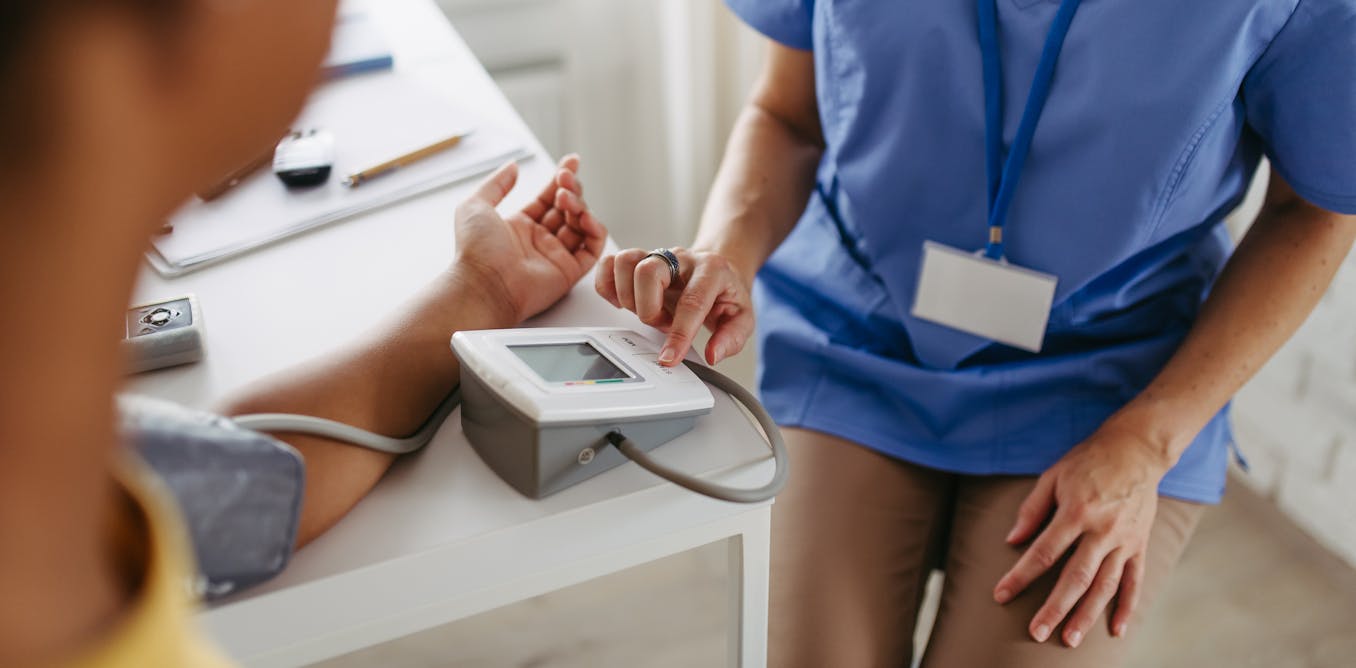PEEING “just in case” seems like a smart idea, especially if you don’t know when your next opportunity to go to the loo is.
You might be leaving the house to run errands, about to board a flight, or see a film at the cinema – things you don’t want to be interrupted by an emergency toilet trip.
1
But peeing “just in case”, when you don’t actually need to, may cause you more harm than good.
That’s the advice from Nicole Waetzman, a nurse practitioner at Axia Women’s Health who specialises in urogynecology and bladder health.
She warned: “This behaviour can train your bladder in a negative way and cause bladder dysfunction.”
If you consistently pee “just in case” your body sends a signal to your brain that you should start making your way to a bathroom, even if your bladder’s only half full.
READ MORE ON TOILET HABITS
When it’s full, you’ll get an emergency signal to empty it immediately.
But peeing when your bladder isn’t at least half full can interfere with this process.
Nurse Nicole explained to Parade: “Urinating frequently when you really don’t need to can train your bladder to hold less urine and interfere with the communication between your brain, bladder and pelvic floor, leading to overactive bladder symptoms.”
Overactive bladder symptoms can include:
- feeling a sudden urge to pee, that’s hard to control
- leaking urine without meaning to after an urgent need to pee
- peeing often (eight or more times in 24 hours)
- waking up twice in the night to pee (a condition known as nocturia).
You might also inadvertently train your bladder to signal that you need to pee even if there’s only a small amount of urine, according to the National Library of Medicine.
How often someone pees in a day can vary from person to person.
But Nicole said, on average, adults pee five to six times a day.
It’s important to note that frequent urination is common for people over the age of 70, pregnant women, or men with an enlarged prostate.
If you think you have an overactive bladder, there are many treatments, including diet and fluid intake changes, pelvic floor physical therapy and medications, nerve stimulation, and even bladder Botox.
Nicole said: “It is best to see a provider for an evaluation to discuss your symptoms and find a treatment that works best for you.”
If you want to break the habit of “just in case” peeing, Nicole said to start with bladder training – teach your bladder to fill, store and empty urine at regular intervals.
This might involve emptying your bladder first thing in the morning, after breakfast, then at regular intervals throughout the day.
You should then look to increase the time between those intervals, according to the National Library of Medicine.
Avoid rushing to the bathroom as soon as you feel the need to pee, and when you do pee, sit on the toilet in a relaxed position with both feet flat on the floor and take your time, said Nicole.
Doing this will allow the pelvic floor muscles to relax and make emptying your bladder easier.
To avoid pelvic floor weakening, don’t hold urine for long periods of time.
If you think you have an overactive bladder, it’s best to speak to your doctor.
Drinks that can irritate your bladder
You shouldn’t restrict fluids if you have an overactive bladder
You should still aim to drink between 1.5 and 2 litres of fluid a day to keep urine diluted and less irritating to the bladder.
The NHS says numerous drinks can irritate the bladder and should be avoided:
- Carbonated (fizzy) drinks
- Citrus and blackcurrant fruit juices
- Drinks with aspartame sweetener
Drinks to have instead:
- Herbal and fruit teas (with no caffeine)
- Caffeine free tea and coffee




